Oil and grain prices go hand in hand
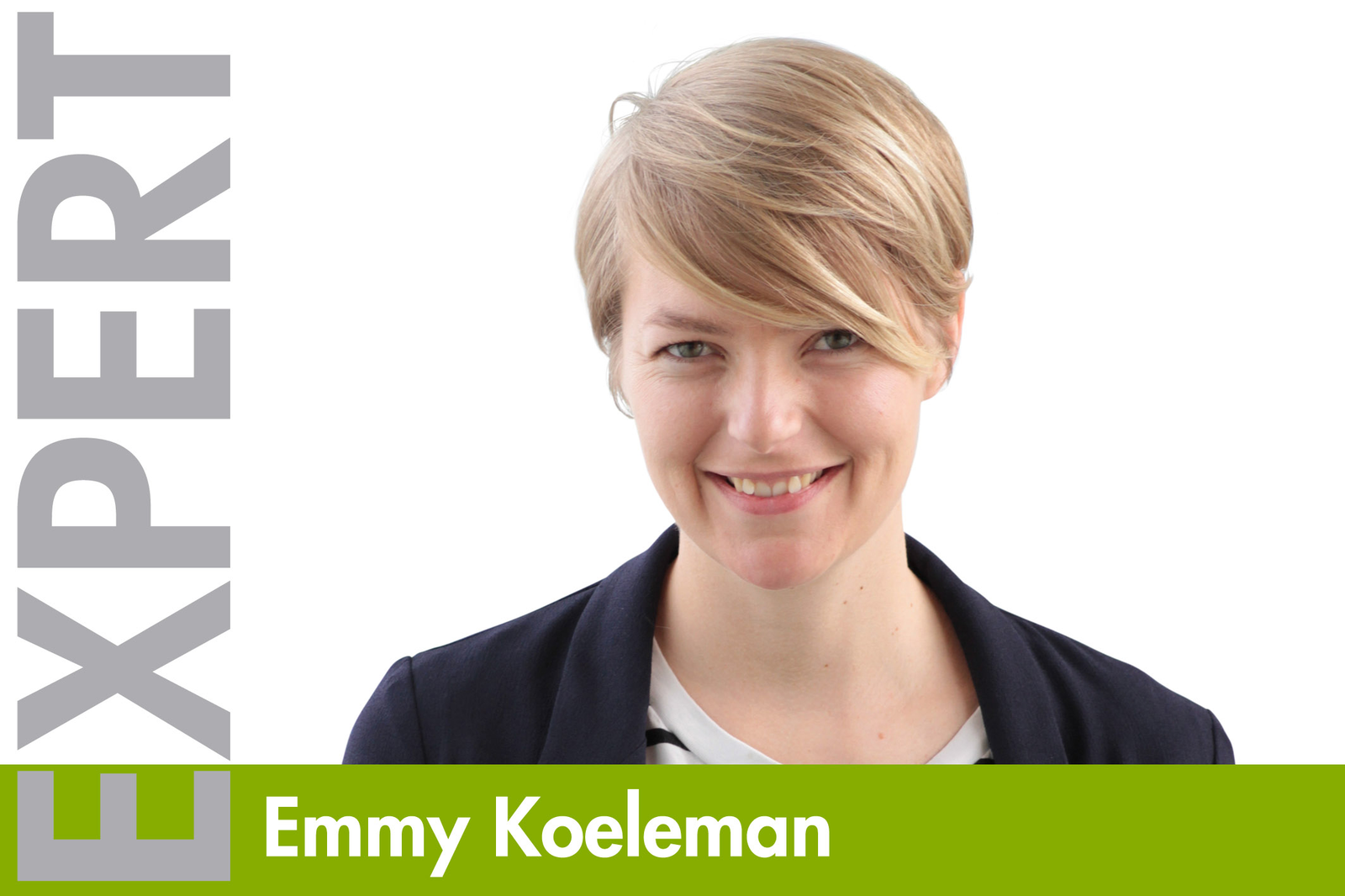
I recently visited a large feed mill in the port of Abu Dhabi, United Arab Emirates (UAE). The UAE is among the world’s 10 largest oil producers and processes around 2.8 million barrels of crude oil per day! Most of the oil in UAE is produced in Abu Dhabi.
From 2010 until mid-2014, world oil prices had been fairly stable, but since last year, oil prices have dropped. Experts say it is the result of weak economic growth, coupled with surging US production and the weakened demand for biofuels. As many might know, many markets and processes are linked to oil. Also grain prices have become more closely tied to oil prices over the last decade. The Iowa State University closely monitors these prices, as shown in Table 1.
World Bank and the ODI have found that a halving of oil prices typically leads to a decline in commodity grain prices of more than 10%, hence leading to lower feed costs and better margins for livestock producers. Considering that feed often represents over 60% of the total productions costs, raw material prices can make or break a farmers’ profitability and future. Lower oil prices also play a role in lowering fuel and energy prices (think of the tractors, transportation costs for feed and food, heating for barns, production of fertiliser etc). In addition, consumers, over time, could see food inflation level off, although I personally don’t see a drop in food prices in my local supermarket!
Room to grow
The feed mill in the Abu Dhabi port (Grand Mills) that I visited has to import all the raw materials for feed production from far away. Transportation costs is therefore an issue. So, the lower the oil prices and hence grain prices, a feed mill like Grand Mills, located in the desert can have better margins. And this particular feed mill does have ambtiion to grow. Recently, they have expanded the feed mill with more production lines. The process operator even told me that they want to increase capacity even more, but it is not possible at the current location. They are looking to move away from the Abu Dhabi port to build a larger feed mill at a new location. Despite the fact that the economy in the UAE expanded at a lower growth rate than expected, according to estimates by the Central Bank, it is a good sign that feed production is going well, also in this part of the world.
Join 26,000+ subscribers
Subscribe to our newsletter to stay updated about all the need-to-know content in the feed sector, three times a week. Beheer
Beheer

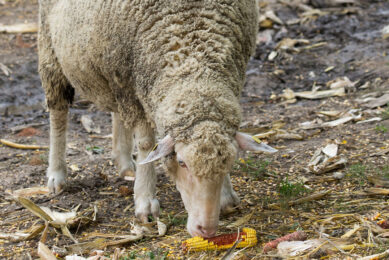
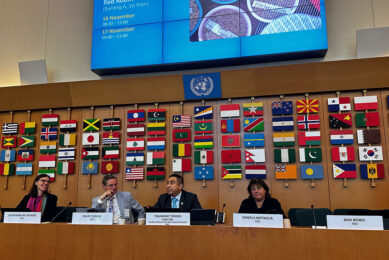
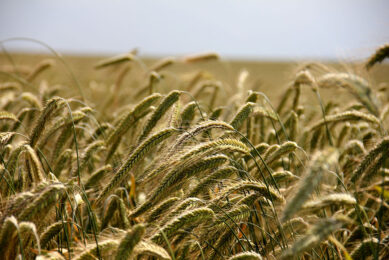
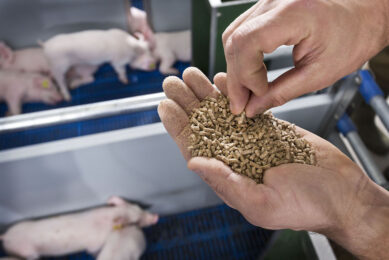




 WP Admin
WP Admin  Bewerk bericht
Bewerk bericht